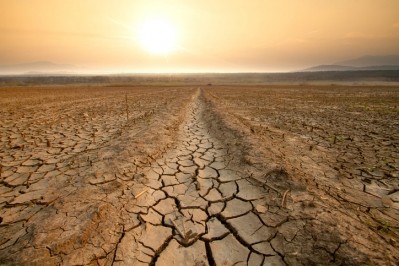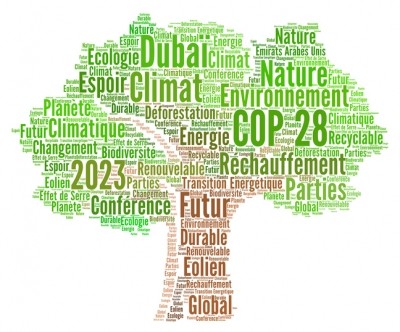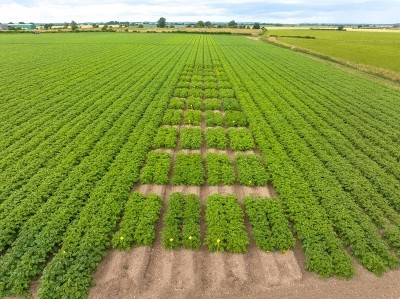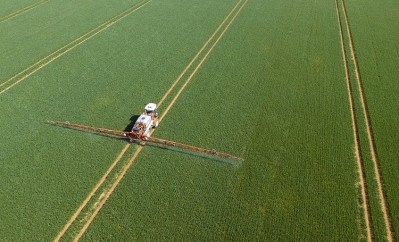Agricultural fertilizer can increase presence of parasitic infections, study finds

The parasite can grow because hornwart, the natural habitat of the aquatic snail that it most commonly uses as a host, is caused to grow significantly through the use of fertilizers, as runoff from their use in agricultural activities causes its exacerbated growth.
The study, taking place across 16 communities over three years, found that the removal of the snail’s habitat could reduce infections.
The spread of snail fever
While the building of the Diama Dam has provided Senegalese farmers with more freshwater with which to irrigate their fields, the flipside of this is that it has also increased the presence of the Schistosoma parasite, a flatworm common in Africa. The dam cut off access to prawns, the natural predator of the snail in which the parasite lives.
The presence of the parasite can lead to schistosomiasis, also known as snail fever, a condition not immediately fatal but often debilitating. Caused by worms living in blood vessels and laying eggs in tissue, the disease can increase cancer risk and make those infected less able to work or go to school. In can be treated well, but reinfection – which often results in interaction with contaminated water – is not prevented by medicine.
Because infection makes it more difficult for people to work, it indirectly reduces yields and increases poverty.
To discover how to prevent more infections, researchers looked at the natural habitat of the parasite’s aquatic snail host. This was the plant Ceratophyllum demersum, otherwise known as hornwart.
The plant grew due to fertilizer runoff from agricultural activities. Not only did this give greater range for the snail, but the plant itself takes up room that could be used for essential activities such as cooking and washing clothes, as well as irrigation.
Clearing the plants
The researchers removed the hornwart in about half of the 16 communities in the study, removing about 430 metric tons (when wet) of the plant.
They measured baseline infection rates, administered antiparasitic drugs, and then measured infection rates again. They were measured in over 1,400 schoolchildren.
All in all the study was successful. In the places where they didn’t remove the vegetation, people had 124% greater reinfection rates than the places where they did, suggesting that their efforts had significantly reduced reinfection. Furthermore, the removed vegetation could be used to feed livestock and be composted in order to grow crops, meaning that there are additional benefits. Overall, the reduction of such parasites has helped food production recover.
“The approach yielded an economic incentive to remove nuisance vegetation from waterways and return nutrients from aquatic plants back to the soil and for livestock feed with the promise of severing poverty-disease traps while lowering infectious burden at the same time,” said David López-Carr, one of the study’s authors.
“A broader benefit is the hope that this example can set for enhancing win-win planetary health research and solutions that improve livelihoods while also reducing infectious morbidity and mortality.”
Sourced From: Nature
'A planetary health innovation for disease, food and water challenges in Africa ’
Published on: 12 July 2023
Doi: https://doi.org/10.1038/s41586-023-06313-z
Authors: J. R. Rohr, A. Sack, S. Bakhoum, C. B. Barrett, D. Lopez-Carr, A. J. Chamberlin, D. J. Civitello, C. Diatta, M. J. Doruska, G. A. De Leo, C. J. E. Haggerty, I. J. Jones, N. Jouanard, A. J. Lund, A. T. Ly, R. A. Ndione, J. V. Remais, G. Riveau, A. Schacht, M. Seck, S. Senghor, S. H. Sokolow & C. Wolfe















